Breadcrumb
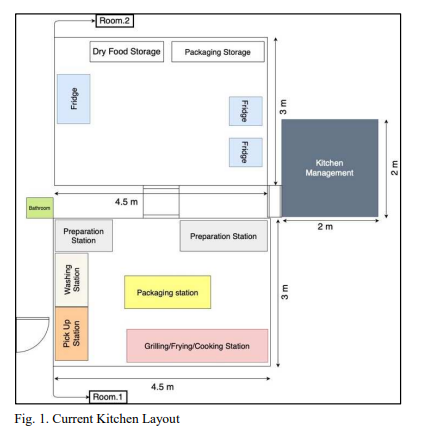
Facility layout and supply chain management of food service industries: A case study
Although there is a massive number of food tech enabled startups all over the world only few of them can succeed globally, determining the main factors which affect success or failure are still a challenge. In this paper, industrial engineering fundamentals are used to develop the startup structure and workplace design in two main areas; layout design to improve the work environment as well as flow of workers and flow of materials, supply chain management to design push-pull hybrid system and demand forecasting using non-stationary exponential smoothing method. © 2021 IEEE.
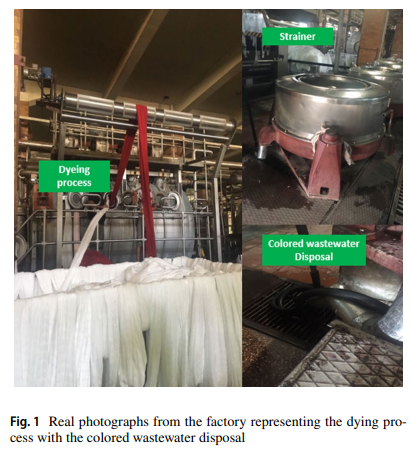
Sustainable Evaluation of Using Nano Zero-Valent Iron and Activated Carbon for Real Textile Effluent Remediation
In this study, the performance of using two different adsorbents, nano-zero-valent iron (nZVI) and activated carbon (AC), was examined for the treatment of real textile effluents. The porous structure and chemical composition of the synthesized nZVI were detected via X-ray diffraction, scanning electron microscopy and EDX analysis. Batch adsorption studies were conducted to investigate the optimal operating conditions including pH, adsorbent dose, contact time and stirring rate for the removal of COD, TSS and color from real textile wastewater. At same optimal operating conditions, pH 6, dose
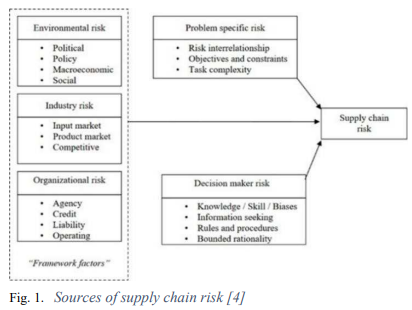
Supply Chain Risk Assessment Using Fuzzy Logic
Business's strength arises from the strength of its supply chain. Therefore, a proper supply chain management is vital for business continuity. One of the most challenging parts of SCM is the contract negotiation, and one main aspect of the negotiation is to know the risk associated with each range of quantity agreed on. Currently Managers assess the quantity to be supplied based on a binary way of either full or 0 supply, This paper aims to assess the corresponding quantities risks of the suppliers on a multilayer basis. The proposed approach uses fuzzy logic as an artificial intelligence
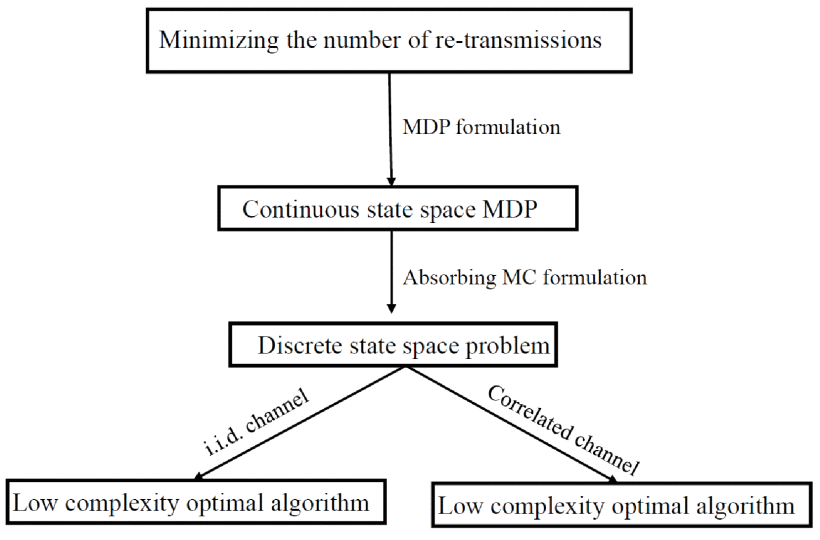
SWIPT Using Hybrid ARQ over Time Varying Channels
We consider a class of wireless powered devices employing hybrid automatic repeat request to ensure reliable end-to-end communications over a two-state time-varying channel. A receiver, with no power source, relies on the energy transferred by a simultaneous wireless information and power transfer enabled transmitter to receive and decode information. Under the two-state channel model, information is received at two different rates while it is only possible to harvest energy in one of the states. The receiver aims to decode its messages with minimum expected number of re-transmissions. Dynamic

Network Coded Cooperation Receiver with Analog XOR Mapping for Enhanced BER
In this paper, we propose a novel physical layer decoding technique for Device-to-Device Network Coded Cooperation (NCC) receivers in the Two Way Relay Channel (TWRC) scenario. The proposed technique is efficiently applicable either when Channel State Information (CSI) are available at the receiver or not. It first employs XOR arithmetic analog mapping to extract a distorted version of the intended signal from the network-coded signal received from the relay. The obtained signal is then combined with the direct signal received from the source, resulting in a higher SNR version of the intended
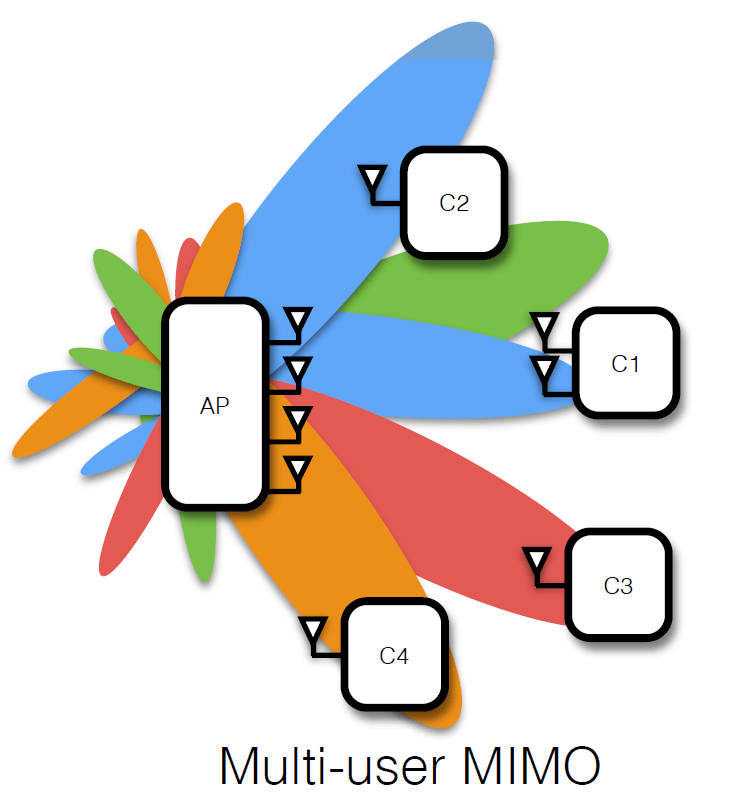
Multiuser MIMO relaying under quality of service constraints
We consider a wireless communication scenario with K source-destination pairs communicating through several half-duplex amplify-and-forward relays. We design the relay beamforming matrices by minimizing the total power transmitted from all the relays subject to quality of service constraints on the received signal to interference-plus-noise ratio at each destination node. We propose a novel method for solving the resulting nonconvex optimization problem in which the problem is decomposed into a group of second-order cone programs (SOCPs) parameterized by K real parameters. Grid search or
New achievable secrecy rate regions for the two way wiretap channel
This work develops new achievable rate regions for the two way wiretap channel. In our setup, Alice and Bob wish to exchange messages securely in the presence of a passive eavesdropper Eve. In the full-duplex scenario, our achievability argument relies on allowing the two users to jointly optimize their channel prefixing distributions, such that the new channel conditions are favorable compared to that of Eve. Random binning and private key sharing over the channel are then used to exploit the secrecy advantage available in the equivalent cascade channel and to distribute the available secrecy
Study of optical power variations in multi-layer human skin model for monitoring the light dose
Monitoring light dose is essential in much clinical procedures like bio-stimulation, neuro-medicine and photodynamic therapy and in many biophotonics applications such as optogenetics and biosensing. However, monitoring the optical power dissipation as light travels in different layers of tissue is essential in determining the required optical dose. Each part in the human body is protected by different thickness of skin layer; therefore, studying the variations of the optical power when light propagates in different thicknesses of the human skin is essential for safe and accurate medical
Study of Approaches to Implement the Prism-Based Surface Plasmon Resonance Sensors
Surface plasmon resonance (SPR) sensors are increasingly in demand due to their high sensitivity, better accuracy, and improved detection limit. Such performance parameters make these sensors suitable for biological and medical field’s applications. During the last decade, prism coupling-based SPR sensors had been a preferred choice among the designer and developers across the globe. This article summarizes a review of prism coupling-based SPR photonic sensors. Important performance characteristics of such sensors have also been studied with respect to their detection accuracy, sensitivity
Assessing lean systems using variability mapping
A new approach to assess lean manufacturing based on system's variability is proposed. The assessment utilizes a new tool called variability source mapping (VSMII) which focuses on capturing and reducing variability across the production system. The new tool offers a new metric called variability index to measure the overall variability level of the system. Based on the mapping and the new metric, VSMII suggests a variability reduction plan guided by a recommendation list of both lean techniques as well as production control policies. An industrial application is used to demonstrate the new
Pagination
- Previous page ‹‹
- Page 7
- Next page ››
